Yunnan Katim Coffee beans Coffee Story of Yunnan Katim Coffee beans
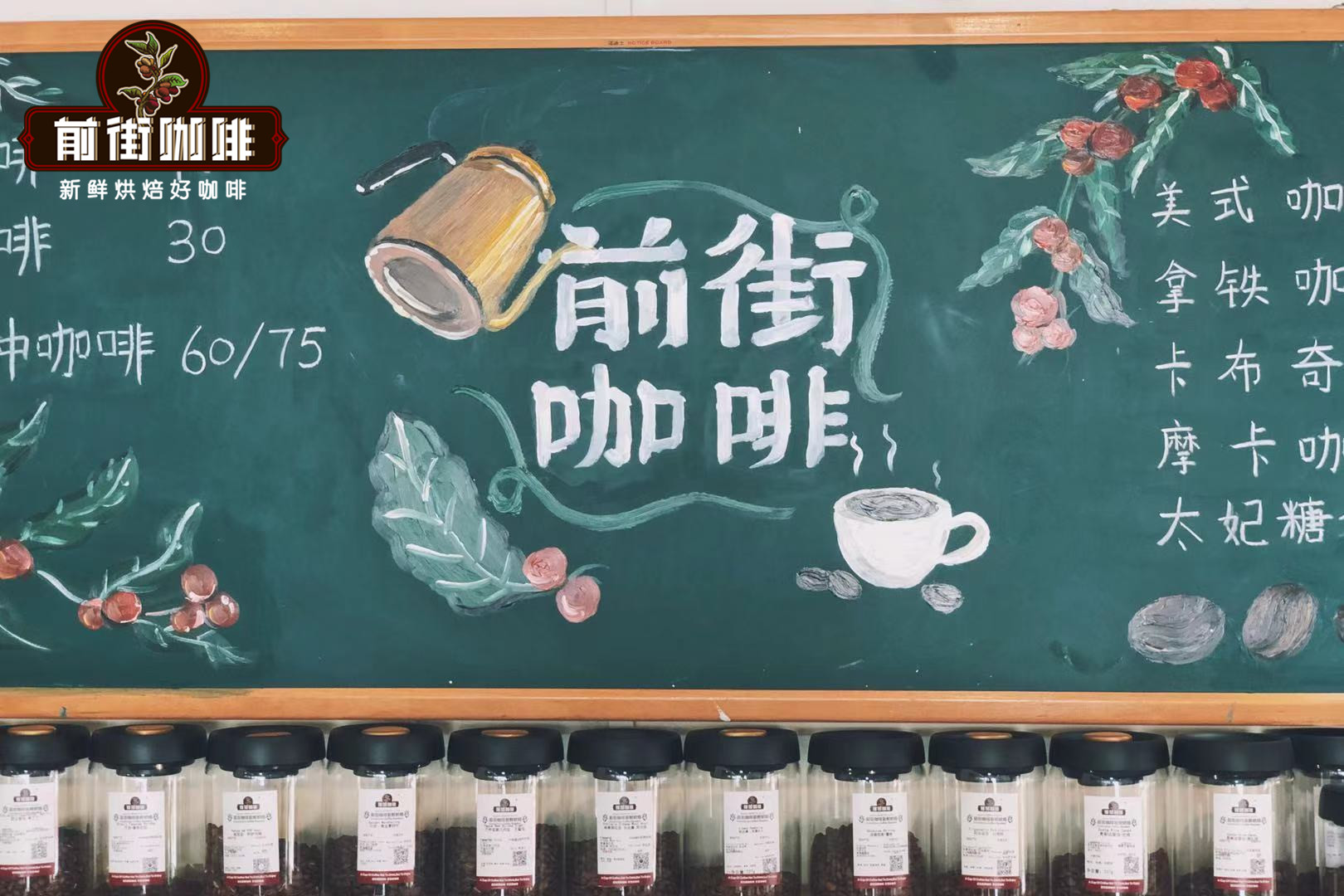
Professional coffee knowledge exchange More coffee bean information Please pay attention to coffee workshop (Weixin Official Accounts cafe_style)
The first coffee variety planted in Yunnan is actually iron pickup, but iron pickup has poor disease resistance and low yield. With the country's reform and opening up, some international brands began to enter the Chinese market, but because they put yield above flavor, they introduced Katim varieties with leaf rust resistance and higher yield. Now, when you come to Qianjie Coffee's store, you can find two beans from Yunnan producing area on our bean list, one is Huaguoshan of iron pickup variety and the other is Yunnan small grain of Katim variety.
The original Yunnan Arabica coffee refers to the iron pickup variety of coffee, and later because the katim variety invaded Yunnan and occupied the upper hand, Yunnan Arabica coffee has changed from the original iron card to the current katim.
katim
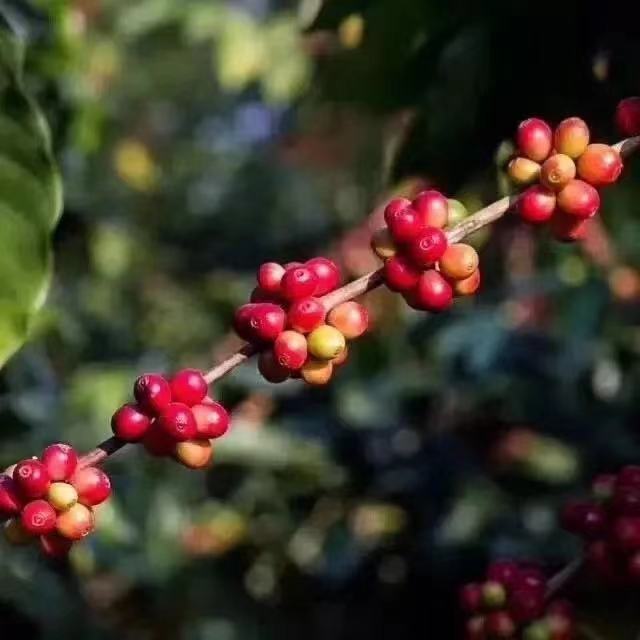
In 1959, the Portugal mixed Brazilian cadura with Timo to breed the disease-resistant Katim/Katim, which is currently an important variety of commercial beans. East Timor was colonized by Portugal for 400 years, and the Portugal had long been in contact with coffee trees in East Timor. In 1959, the Portugal moved the Brazilian bourbon mutant Kadura to East Timor and interbred it with a Tim of Robusta descent. They succeeded in breeding Kadura, which was highly resistant to disease and highly productive. Between 1970 and 1990, leaf rust affected coffee producing countries worldwide. With the assistance of international organizations, catim was widely promoted in producing countries to resist leaf rust and improve production capacity. This highly resistant plant has the ability to resist coffee leaf rust and was widely cultivated in Latin American countries in the 1980s. Unfortunately, because Timor species (also known as Arabusta species) is the product of a natural cross between Tibika Arabica species and Robusta species, although the latter can give it disease resistance, but the delicate taste of Arabica varieties also disappeared, only Catim although inherited Robusta disease resistance advantages, but also inherited the poor flavor gene, in addition, although the early Catim production capacity is large but need shade trees to wait on, otherwise easy to wither.
The results of trial planting in different ecological areas showed that if the high yield cultivation techniques were followed, higher yield would be obtained. The average yield per mu was more than 150 kg, and the small area could reach more than 400 kg.
Yunnan coffee
When it comes to Asian coffee, coffee lovers 'first impression is generally that it is rich and stable. It is precisely because of the mellow characteristics of Asian coffee that it is very suitable as a base when making Italian coffee blends. Asian coffee is generally characterized by a heavy flavor, intense sweetness and roundness, but the aroma and brightness are slightly flat. Asian coffee: taste characteristics, deep flavor and strong taste.
China's coffee-producing areas are mainly distributed in Hainan, Yunnan, Fujian, Guangdong and Taiwan. However, only Yunnan Province can meet the requirements for growing Arabica coffee crops, and Yunnan is also the most important coffee growing area in China.
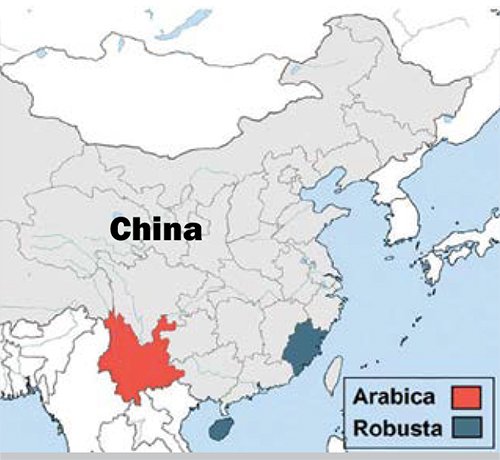
Yunnan Province, located in the south, between 15 degrees north latitude to the Tropic of Cancer, its coffee is strong but not bitter, fragrant but not strong, very unique. And with a little fruit flavor, coffee is the top grade, international praise. Taiwan is located in the subtropical zone, with many mountains and a distinct rainy season. For coffee, it is considered a good growing environment. Since the British introduced coffee trees in the Guangxu period, coffee trees are still cultivated on a small scale. The more famous producing areas are Huilin Forest in the Nantou Mountains (more than 1,000 meters above sea level) and Hebao Mountain in Yunlin Kukeng (294 meters above sea level). Coffee flavor close to Central and South American beans, with soft acidity and good texture, taste mild.
Yunnan coffee-producing areas
Today Yunnan's production areas are mainly distributed in Lincang, Baoshan, Pu 'er and Dehong.
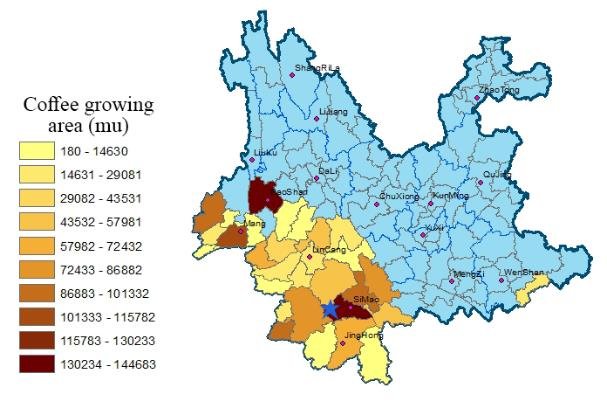
[Lincang]
Lincang City is located in the southwest of Yunnan Province. The Tropic of Cancer runs through the south, adjacent to Pu 'er in the east, Dali in the north, Baoshan in the west and Myanmar in the southwest. It is named after Lancang River and is a bright pearl in the southwest border of the motherland. Lincang annual average temperature between 16.8℃-17.2℃, dry and wet season obvious, sufficient sunshine.
[Baoshan]
Baoshan Arabica Coffee is the most famous coffee in Baoshan. The coffee took its first step in the late 1950s and soon received positive feedback from London. It was recognized as the "National Coffee Crown" at the National Coffee Conference in 1980. In December 2010, Baoshan Arabica Coffee obtained Class A certification and passed the process of China National Standards Administration. It was considered to be a product reflecting China's national geographical indication.
[Pu 'er]
Coffee Capital: In 2012, the planting area of Pu 'er was 43,433 hectares, and the coffee harvest area was 18,000 hectares, with an annual output of 36,500 tons of coffee, of which 24,700 tons were exported. Pu 'er coffee industry has 70 registered enterprises, 30,000 households and about 1 million people. Pu 'er tea is known as the "Millennium Tea City" and is an important coffee producing area in China with the largest planting area, the highest yield and the best quality. It is also an important distribution center for international coffee business.
[Dehong]
The birthplace of coffee in China, the region is 1,000 to 1600 meters above sea level and covers an area of 2000 hectares of coffee plantations. What's more, most of the coffee is grown organically here, making it one of the best quality coffees in the world.
Yunnan coffee bean grading system
particle size grading
1) International common classification standards:
According to the size of the coffee beans, the classification is carried out by using a round hole classification screen. The international customary size of Arabica coffee has 10-20 grades, and the number used represents the fraction of the sieve aperture with the number as the numerator and 64 as the denominator, and the unit is inches. For example, 14 refers to green coffee beans that can pass through a screen with a pore size of more than 14/64 inches, and 19 refers to green coffee beans that can pass through a screen with a pore size of more than 19/64 inches (1 inch ≈2.54 cm).

2) Common classification standards for domestic coffee:
According to the mesh 6.5, 6.0, 5.5, 5.0 mm divided into five grades.
Grade I: 6.5 mm or more, full and complete particles.
Grade II: 6.0-6.4 mm, plump and uniform.
Class III: 5.3-5.9 mm, fuller and slightly less uniform.
Grade 4: 5.0-5.4 mm, incomplete meters, complete accounting for more than 75%.
Level 5: less than 5.0 mm, incomplete meters, complete accounting for more than 30%.
Qianjie Coffee Yunnan Xiaoli
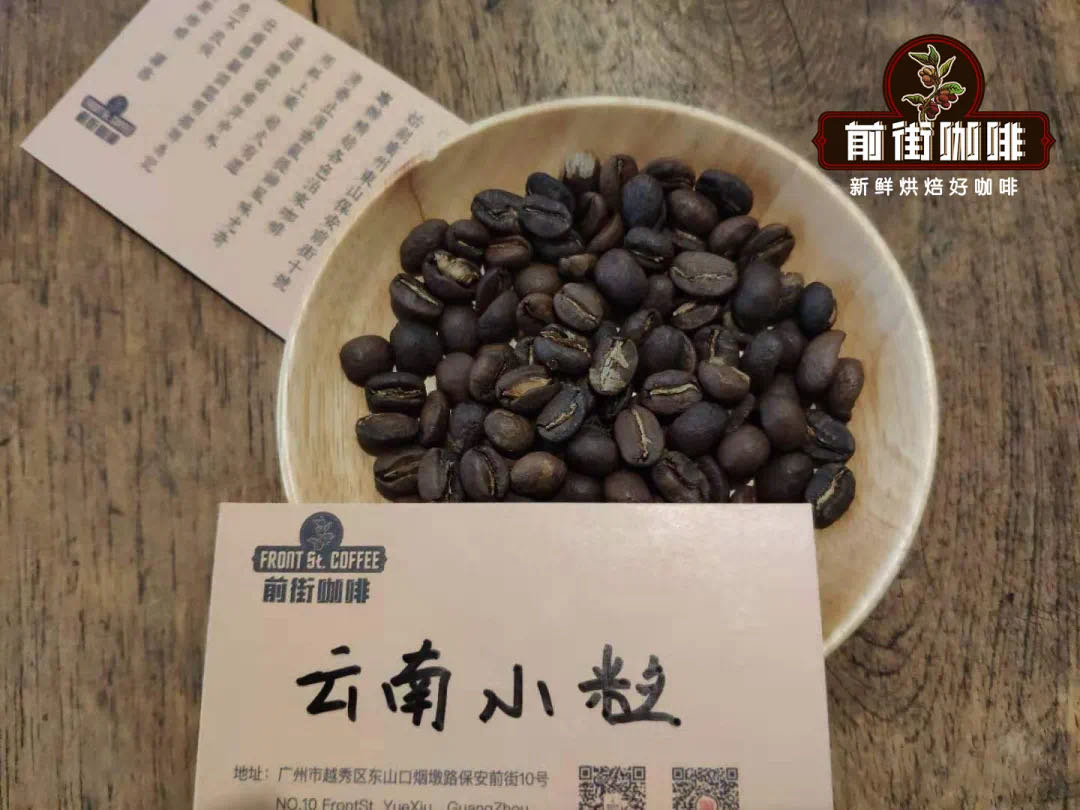
Production area: Baoshan, Yunnan, China
Altitude: 1200m
Breed: Katim
Treatment method: washing treatment
Front Street Hand-cooked Advice
Filter cup: KONO
Powder: 15g
Water temperature: 88℃
Grindability: China Standard No. 20 sieve pass rate 75%
Powder water ratio: 1:15

Qianjie uses a three-stage extraction method
Steaming with 30g water for 30 seconds, injecting water into the center of small water flow to 125g, stopping injecting water until 225g when the water level drops and is about to expose the powder bed, removing the filter cup when the water level drops and is about to expose the powder bed, and extracting for 2 '00 ".
Flavor description
Dry fragrance is nutty aroma, drink up is chocolate, nuts, cream flavor, brown sugar sweet. The overall balance is more balanced.
More fine coffee beans, please add private WeChat Qianjie Coffee, WeChat: kaixinguoguo092
Important Notice :
前街咖啡 FrontStreet Coffee has moved to new addredd:
FrontStreet Coffee Address: 315,Donghua East Road,GuangZhou
Tel:020 38364473
- Prev

Description of Katim Coffee Bean characteristics and Flavor what grade of Yunnan small Katim Coffee Bean Story
Following Cafe (Wechat official account vdailycom) found that Beautiful Cafe opened a small shop of its own, Catimor: in 1959, the Portuguese mixed Brazilian Kaddura with Timo to produce a disease-resistant Katim / Katimo, which is now an important variety of commercial beans. Coffee
- Next
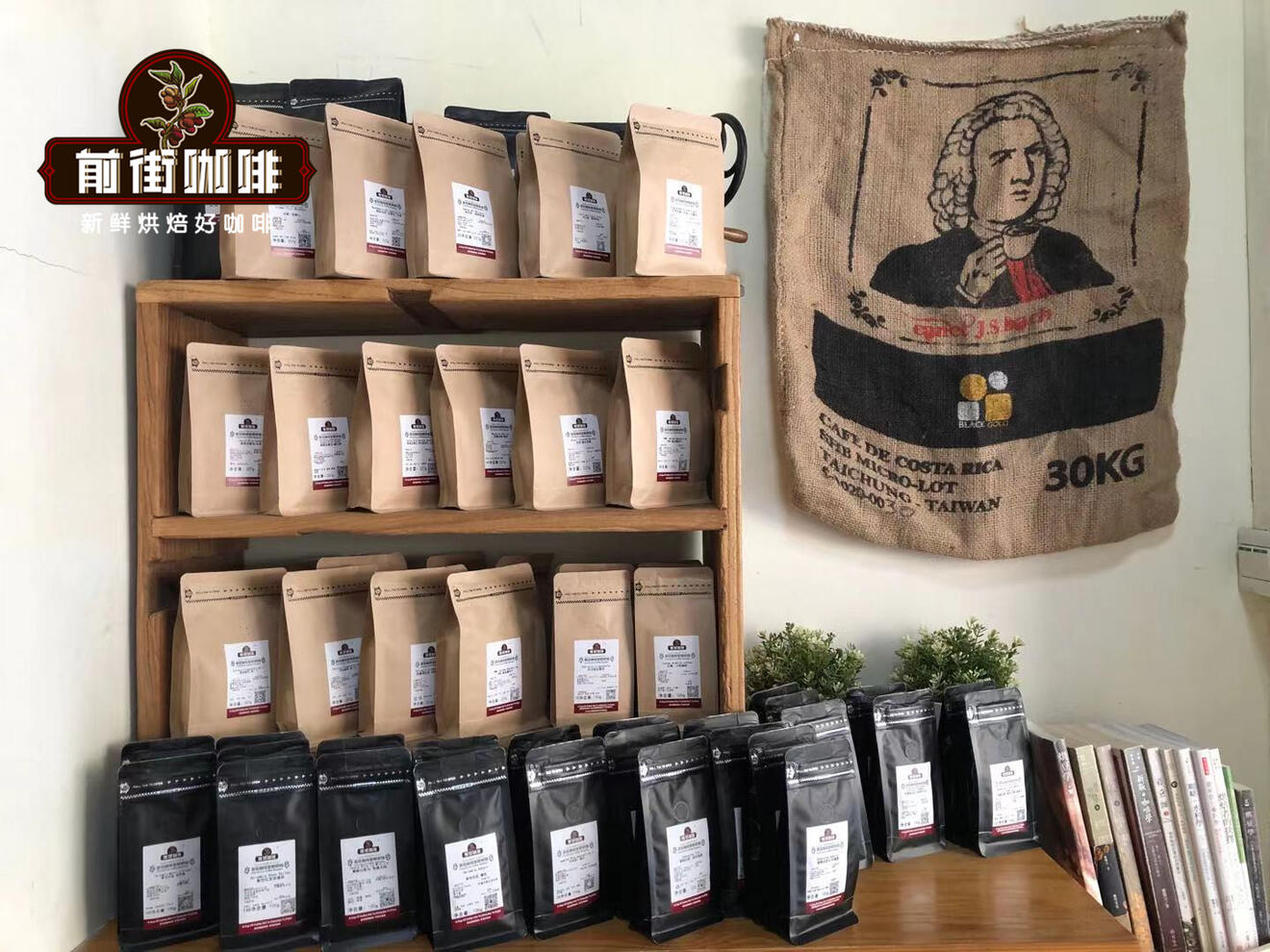
Taste of Colombian Huilan Coffee beans Flavor of hand-brewed Coffee in Huilan, Colombia
Follow the caf é (Wechat official account vdailycom) and found that many people may think of Colombia, the world's largest exporter of washed coffee, when it comes to coffee. In fact, although all Colombian coffee is actually very different, the quality is also very different. Most of the coffee we see is marked with supremo or.
Related
- Detailed explanation of Jadeite planting Land in Panamanian Jadeite Manor introduction to the grading system of Jadeite competitive bidding, Red bid, Green bid and Rose Summer
- Story of Coffee planting in Brenka region of Costa Rica Stonehenge Manor anaerobic heavy honey treatment of flavor mouth
- What's on the barrel of Blue Mountain Coffee beans?
- Can American coffee also pull flowers? How to use hot American style to pull out a good-looking pattern?
- Can you make a cold extract with coffee beans? What is the right proportion for cold-extracted coffee formula?
- Indonesian PWN Gold Mandrine Coffee Origin Features Flavor How to Chong? Mandolin coffee is American.
- A brief introduction to the flavor characteristics of Brazilian yellow bourbon coffee beans
- What is the effect of different water quality on the flavor of cold-extracted coffee? What kind of water is best for brewing coffee?
- Why do you think of Rose Summer whenever you mention Panamanian coffee?
- Introduction to the characteristics of authentic blue mountain coffee bean producing areas? What is the CIB Coffee Authority in Jamaica?

